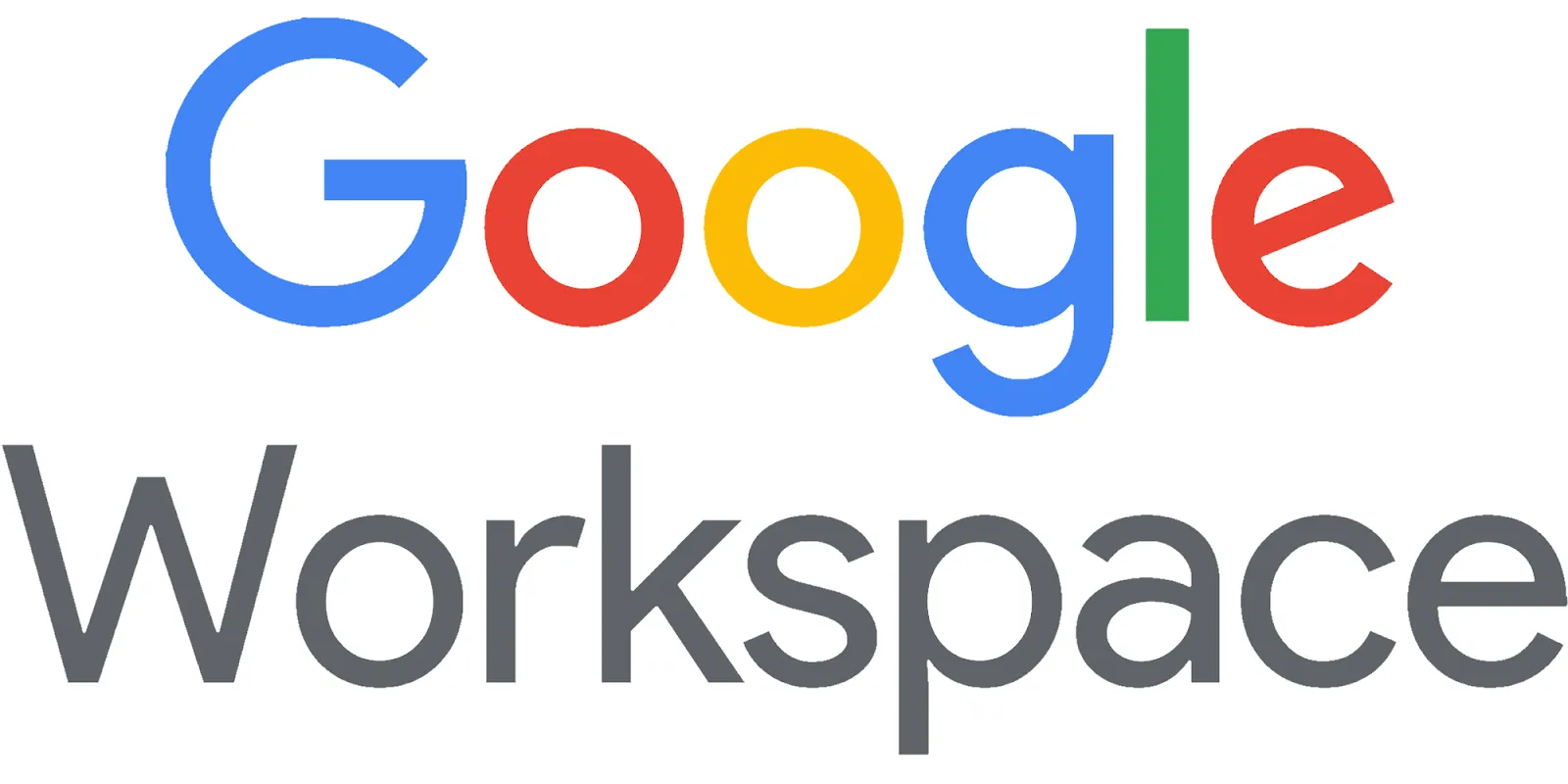10 Steps to Become a Blogger

10 Steps to Become a Blogger
Blogging is a powerful way to share your thoughts, expertise, and creativity with the world. If you're considering starting a blog but don't know where to begin, follow these ten detailed steps to kickstart your journey as a blogger.
1. Choose Your Niche
The first step in becoming a blogger is to identify your niche. Think about topics you are passionate about or have expertise in. Your niche could be anything from travel, food, technology, fashion, or personal development. A well-defined niche helps you attract a targeted audience and keeps your content focused.
To choose your niche:
- List your interests and hobbies.
- Research popular topics and trends in the blogging community.
- Consider your expertise and what you can offer to your audience.
2. Select a Blogging Platform
Choosing the right blogging platform is crucial for your success. Some popular options include:
- WordPress.org: A self-hosted platform that offers full control and customization.
- Blogger: A free platform that's easy to use, perfect for beginners.
- Wix: A website builder that offers a drag-and-drop interface for easy customization.
Consider your technical skills, budget, and the level of customization you need when making your choice.
3. Pick a Domain Name
Your domain name is your blog's address on the web. A memorable and relevant domain name can help you establish your brand. When selecting a domain name:
- Keep it short and easy to spell.
- Reflect your niche or personal brand.
- Avoid using numbers or hyphens.
- Check for availability using domain registration sites.
4. Set Up Hosting
If you choose a self-hosted platform like WordPress.org, you'll need a hosting service to store your blog's files. Here are some popular hosting providers:
- Bluehost: Recommended by WordPress, offers affordable plans.
- SiteGround: Known for excellent customer support and performance.
- HostGator: Offers a variety of hosting options for different budgets.
Compare plans, features, and pricing to find the best option for your needs.
5. Design Your Blog
Once your blog is set up, it’s time to design it. A visually appealing and user-friendly design enhances user experience. Consider the following:
- Select a Theme: Choose a theme that reflects your style and niche. Look for mobile-responsive designs.
- Customize Layout: Organize your menu, sidebar, and footer for easy navigation.
- Add Branding Elements: Incorporate your logo, color scheme, and fonts to create a cohesive brand identity.
6. Create Essential Pages
Before publishing your posts, create essential pages that provide important information to your readers:
- About Page: Introduce yourself and share your blog's mission.
- Contact Page: Provide a way for readers to get in touch with you.
- Privacy Policy: Inform readers about how you handle their data.
7. Write Your First Post
Now it’s time to start writing! Here are some tips for creating your first blog post:
- Choose a Relevant Topic: Select a topic that interests your audience and fits your niche.
- Craft an Engaging Headline: Use compelling headlines to draw readers in.
- Write Quality Content: Provide valuable insights, use clear language, and include images or videos to enhance your post.
- Proofread: Check for grammar and spelling errors before publishing.
8. Promote Your Blog
After publishing your post, it’s time to promote it. Use various strategies to increase your blog's visibility:
- Social Media: Share your posts on platforms like Facebook, Twitter, Instagram, and Pinterest.
- Email Marketing: Build an email list and send newsletters to keep your readers updated.
- Networking: Join blogging communities and collaborate with other bloggers.
9. Engage with Your Audience
Building a loyal audience is crucial for your blog's success. Engage with your readers by:
- Responding to comments on your blog posts.
- Asking for feedback and suggestions.
- Hosting Q&A sessions or live chats on social media.
10. Analyze and Improve
Use analytics tools to monitor your blog's performance. Track metrics like page views, bounce rates, and user demographics. Here’s how to make data-driven decisions:
- Use Google Analytics: Set up Google Analytics to gain insights into your audience's behavior.
- Assess Popular Content: Identify which posts resonate most with your readers and create similar content.
- Make Adjustments: Based on your analysis, refine your content strategy and optimize your blog for better user experience.
Conclusion
Becoming a blogger takes time, effort, and dedication, but it’s a rewarding journey. By following these ten detailed steps, you can establish a successful blog that connects with readers and shares your unique voice. Start today and embrace the world of blogging!










Comments
Post a Comment